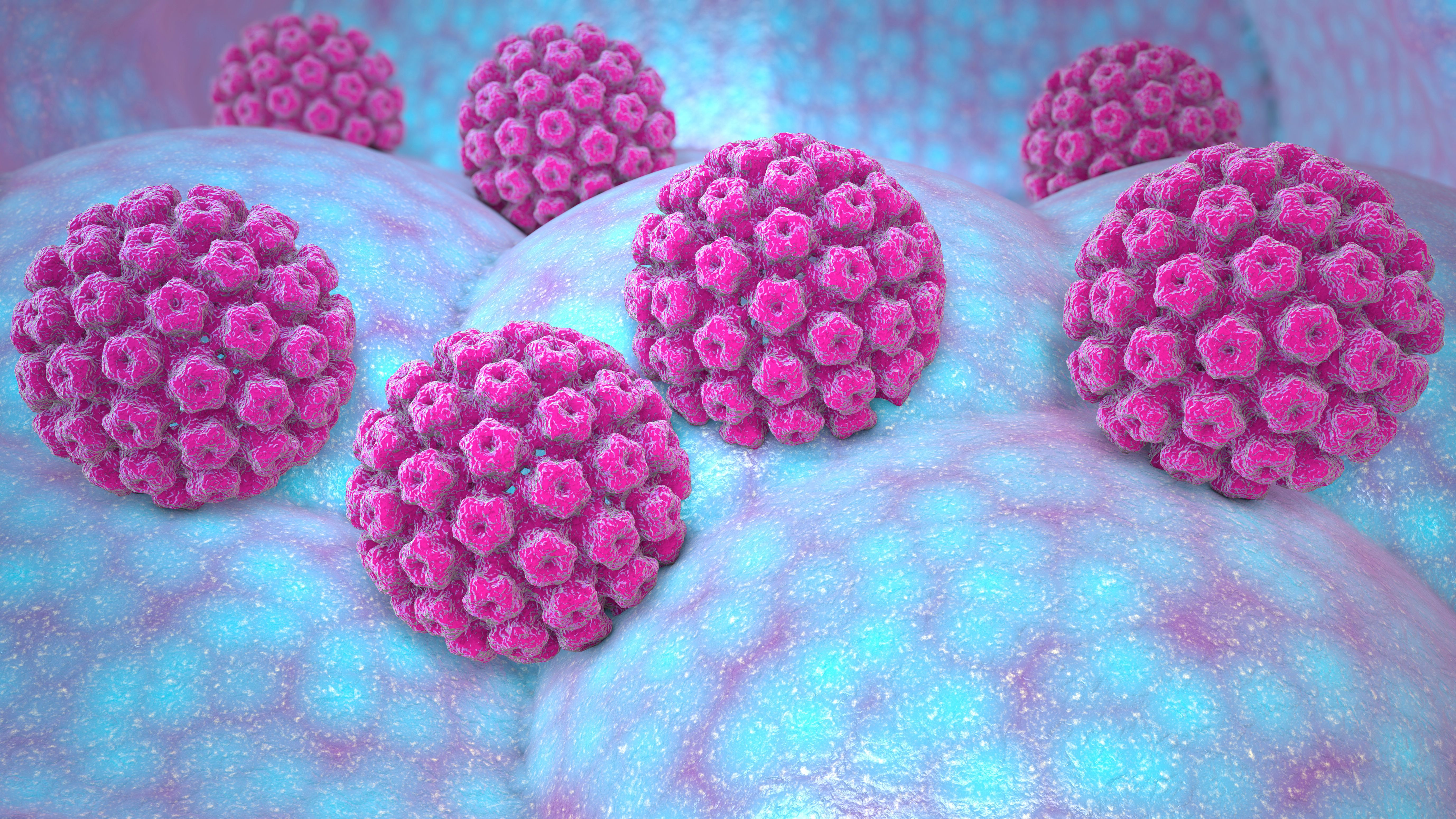FDA Approves Abbott's HPV Test to Run on Alinity M Assay Platform
The newly approved Alinity m high risk human papillomavirus (HPV) assay is indicated to detect HPV and for use in routine cervical cancer screening per professional medical guidelines.
The FDA has approved Abbott’s molecular human papillomavirus (HPV) screening solution to run on the Alinity m family of diagnostic assays, which is the company’s most advanced molecular PCR platform that provides fast results in high volumes. The newly approved Alinity m high risk (HR) HPV assay is indicated to detect HPV and for use in routine cervical cancer screening per professional medical guidelines, as well as for use in combination with a Pap test for those who prefer co-testing.1
Image credit: Naeblys | stock.adobe.com

"Professional guidelines are clear in their recommendation to shift away from Pap tests in favor of clinically validated, primary HPV testing as the best way to detect risk of cervical precancer and cancer," Mark H. Stoler, MD, professor (emeritus) of pathology and clinical gynecology at the University of Virginia, said in a press release.1 "As more women are vaccinated against the highest risk strains of the virus, it continues to be important to screen women for other HPV strains that have the potential to cause cancer. Extended genotyping enables us to improve risk assessment and tailor follow up for patients so we can minimize unnecessary treatment while still guarding against cancer development."
HPV, a double-stranded DNA virus, is the most common pathogen associated with sexually-transmitted infections (STIs) in the United States.2,3 Each year, approximately 13 million individuals become infected with HPV, on top of an estimated 42 million individuals currently living with the virus.4 HPV typically does not produce any symptoms and resolves spontaneously within up to two years of infection.2
In some cases, HPV infection may cause cell differentiation that may develop into warts or other cancers. More than 100 HPV types have been molecularly characterized, which are generally classified as low- and high-risk.3
The Alinity m HR HPV assay provides data on five risk groups across 14 various potentially cancer-causing genotypes of the virus. According to Abbott, this may help healthcare providers identify whether a patient has an HPV infection and whether infection is caused by one or more of the HPV types that can lead to cancer.
Although low-risk HPVs are not carcinogenic, they can lead to anogenital warts, whereas high-risk HPVs can cause life-threatening malignancies that include cancers of the anus, cervix, penis, vagina, and oropharynx.2 Associated risk factors for HPV infection include increased age difference between a woman and her first sexual partner, the amount of sexual partners, and nonmonogamous partners.
The Abbott Alinity m HR HPV assay will be available for use on Abbott's Alinity m laboratory instrument. Assays available in the United States for use on the Alinity m platform include SARS-CoV-2 (Emergency Use Authorization [EUA]); Resp-4-Plex (EUA); hepatitis C virus; HBV; HIV-1; STI (CT/NG/TV/MG), cytomegalovirus, and Epstein–Barr virus.
"HPV testing is a powerful tool for detecting HPV infections that can lead to certain cancers, including cervical cancer and illustrates the power of molecular diagnostics in infectious disease," Keith Cienkus, vice president of Abbott's molecular business, said in a press release. "The Alinity m HR HPV assay was carefully designed to support patient care and streamline HPV testing."
References
1. Abbott Receives FDA Approval For HPV Test To Run On Alinity M, Offering Primary HPV Screening And Assessment Of High-Risk Cancer-Causing Types Of HPV. Abbott. News release. November 2, 2023. https://abbott.mediaroom.com/2023-11-02-Abbott-Receives-FDA-Approval-for-HPV-Test-to-Run-on-Alinity-m,-Offering-Primary-HPV-Screening-and-Assessment-of-High-Risk-Cancer-Causing-Types-of-HPV
2. Genital HPV infection - basic fact sheet. CDC. Reviewed April 12, 2022. Accessed July 1, 2023. https://www.cdc.gov/std/hpv/stdfact-hpv.htm
3. Chelimo C, Wouldes TA, Cameron LD, Elwood JM. Risk factors for and prevention of human papillomaviruses (HPV), genital warts and cervical cancer. J Infect. 2013;66(3):207-217. doi:10.1016/j.jinf.2012.10.024
4. Lewis RM, Laprise JF, Gargano JW, et al. Estimated prevalence and incidence of disease-associated human papillomavirus types among 15- to 59-year-olds in the United States. Sex Transm Dis. 2021;48(4):273-277. doi:10.1097/OLQ.0000000000001356
Addressing Disparities in Psoriasis Trials: Takeda's Strategies for Inclusivity in Clinical Research
April 14th 2025LaShell Robinson, Head of Global Feasibility and Trial Equity at Takeda, speaks about the company's strategies to engage patients in underrepresented populations in its phase III psoriasis trials.
Pfizer Discontinues Development of Danuglipron for Chronic Weight Management
April 15th 2025Despite meeting key pharmacokinetic goals, a potential case of drug-induced liver injury led Pfizer to conclude that danuglipron’s risk-benefit profile did not support further development for chronic weight management.
Key Findings of the NIAGARA and HIMALAYA Trials
November 8th 2024In this episode of the Pharmaceutical Executive podcast, Shubh Goel, head of immuno-oncology, gastrointestinal tumors, US oncology business unit, AstraZeneca, discusses the findings of the NIAGARA trial in bladder cancer and the significance of the five-year overall survival data from the HIMALAYA trial, particularly the long-term efficacy of the STRIDE regimen for unresectable liver cancer.